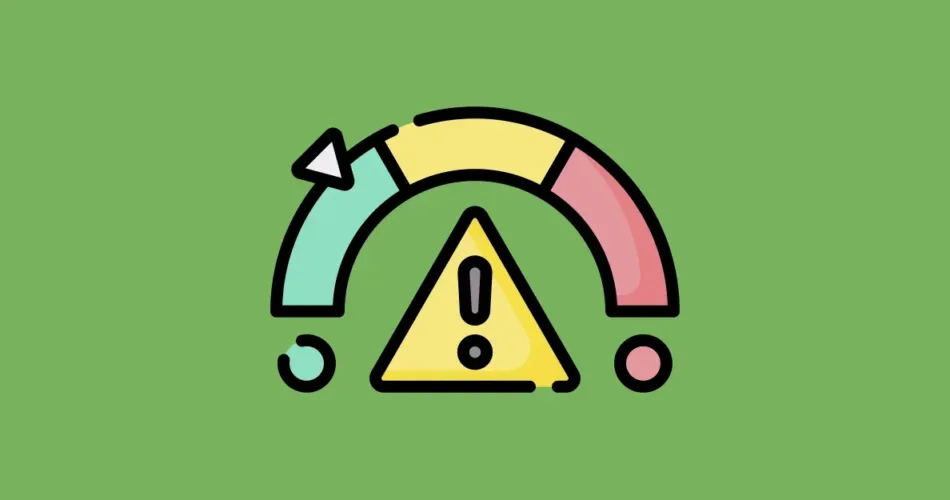Exception handling is a fundamental aspect of C++ programming that empowers developers to gracefully manage errors and exceptional situations. While C++ provides a range of system-defined exceptions, developers often encounter scenarios where custom exception classes offer a more tailored and informative approach to error handling. In this comprehensive blog post, we delve into the realm of custom exception classes in C++, exploring their creation, usage, benefits, and real-world examples. Whether you’re a novice or a seasoned C++ developer, this guide equips you with the knowledge and tools to harness the power of custom exception classes and build more robust and reliable applications.
Understanding Custom Exception Classes in C++
Custom exception classes are user-defined exception types that allow developers to create exception hierarchies tailored to their specific application needs. By extending the std::exception base class or its derived classes, developers can encapsulate detailed error information and provide context-specific error messages.
Creating Custom Exception Classes
To create a custom exception class, simply define a new class that derives from std::exception or its subclasses. By including a meaningful what() method, you can provide informative error messages for effective debugging.
Example: Creating a custom exception class
#include <exception>
#include <string>
class MyException : public std::exception {
public:
explicit MyException(const std::string& msg) : message(msg) {}
const char* what() const noexcept override {
return message.c_str();
}
private:
std::string message;
};
Throwing and Catching Custom Exceptions
Custom exceptions can be thrown within your code using the throw keyword. To catch custom exceptions, use catch blocks specific to the custom exception class or its base classes.
Example: Throwing and catching a custom exception
try {
int x = -1;
if (x < 0) {
throw MyException("Invalid value of x");
}
}
catch (const MyException& e) {
std::cerr << "Custom exception caught: " << e.what() << std::endl;
}
Exception Hierarchies:
Developers can create exception hierarchies by defining multiple custom exception classes that inherit from each other. This allows for a structured approach to error handling, where catch blocks can capture broader or more specific exception types.
Example: Exception hierarchy for file-related exceptions
class FileException : public std::exception {
// Base class for file-related exceptions
};
class FileNotFoundException : public FileException {
// Exception for file not found
};
class FileReadException : public FileException {
// Exception for file read errors
};
Benefits of Custom Exception Classes:
- Contextual Information: Custom exception classes can encapsulate detailed error information, providing developers with context to understand and resolve issues.
- Improved Debugging: Informative error messages aid in debugging and troubleshooting, enhancing the efficiency of the development process.
- Tailored Error Handling: Custom exceptions allow for more precise and tailored error handling, ensuring that different exception scenarios are managed appropriately.
- Readable and Maintainable Code: Clear and descriptive exception classes contribute to code readability and maintainability, as developers can quickly identify and address potential issues.
Best Practices for Using Custom Exception Classes
To effectively utilize custom exception classes in your C++ code, adhere to these best practices:
- Create Specific Exceptions: Define custom exception classes that accurately represent the nature of the error and provide relevant information.
- Include Informative Messages: Populate the
what()method of custom exception classes with descriptive error messages that aid in understanding and resolving issues. - Use Exception Hierarchies Wisely: Design exception hierarchies that reflect logical relationships between different exception types, ensuring a structured and intuitive approach to error handling.
- Handle Exceptions Gracefully: Employ try-catch blocks to gracefully handle custom exceptions and provide appropriate error recovery or reporting mechanisms.
Conclusion
Custom exception classes in C++ provide developers with a powerful tool for creating tailored and informative error handling mechanisms. By creating meaningful exception hierarchies and leveraging custom exception classes, you can enhance your code’s robustness, maintainability, and error-handling capabilities. Custom exception classes empowers you to create code that not only detects & manages errors effectively but also identify unexpected scenarios.
As you advance in your C++ programming journey, mastering the art of custom exception classes will undoubtedly contribute to your ability to develop high-quality software that remains resilient and user-friendly in the face of diverse challenges.
Subscribe to our email newsletter to get the latest posts delivered right to your email.


Comments